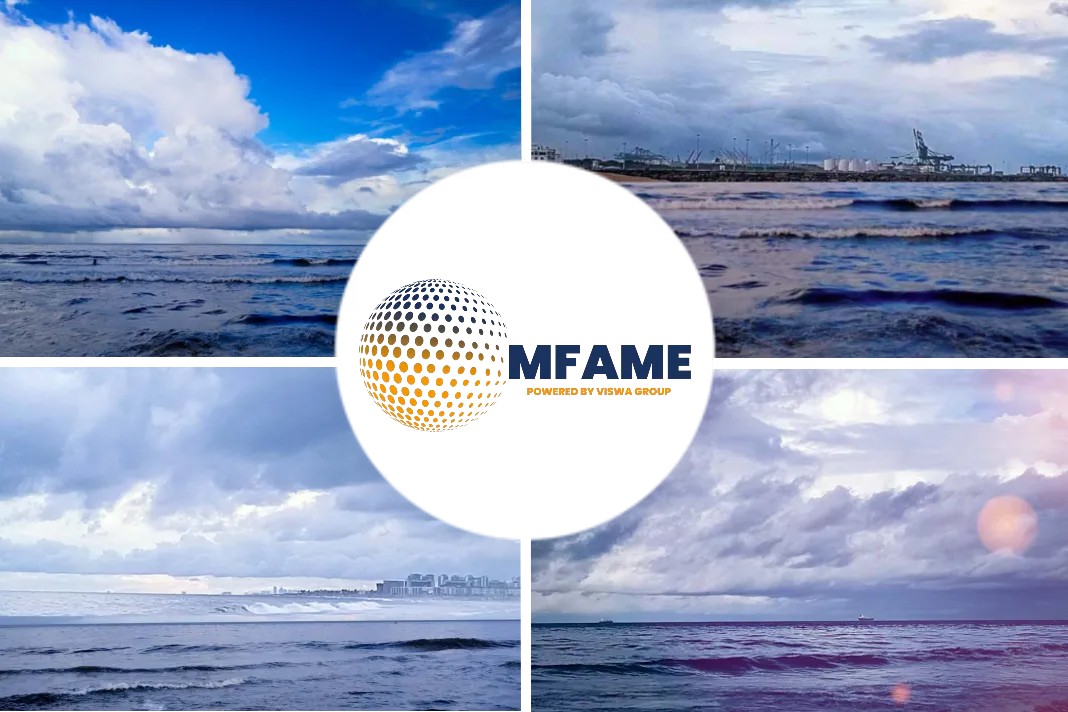It was some 45 years ago that marine biologists working in the South of England commented on new species of seaweed which were appearing around the Solent. They were traced back to Japan and “bio-detectives” suggested that they had arrived adhering to the bottoms of the first generation of containerships that were arriving from the Far East into the Hampshire port.
When asked why this problem had suddenly appeared, it was suggested that earlier conventional ships from the East had docked in the filthy waters of ports with enclosed docks, where the disgusting pollution had killed every living thing. By contrast, the waters of the Solent were pristine and afforded a delightful habitat for the new migrants.
But shortly after these observations, people around the world became increasingly conscious of the spread of other more menacing alien species which were being transmitted in the ballast tanks of ships and a mighty long process to mitigate this very real problem was begun. By contrast to the menace of zebra mussels blocking up the Great Lakes and gigantic carp eating everything that lived in US rivers, along with terrifying pathogens being pumped into other people’s clean waters, the problem of Japanese seaweed in the Solent and external hull fouling rather disappeared from the radar. It was water ballast that became the long focus of all attention.
People knew that bio-fouling could be a problem, but it was rather assumed that the fearsome poisons being slapped on the bottoms of ships in drydocks would do for most of these biological intruders. Then, in the fullness of time, the marine biologists came up with a further serious difficulty: the organo-tin antifouling was doing dreadful things to the marine ecosystem and its use must be curtailed. And through the good offices of IMO, so it was, the coating manufacturers emerging triumphantly with less harmful anti-fouling coating.
Meanwhile, while what was to become the IMO Ballast Water Management Convention was enduring its everlasting gestation period and the attention remained concentrated on the need to produce equipment that could kill everything that lived in ballast water. The IMO also produced their guidelines on the control and management of ships’ biofouling, most recently in 2012, but it was non-mandatory and perceived as rather less of a problem. Indeed, if you asked owners’ organisations about these guidelines, there were noises of reassurance to the effect that as fouling cost huge amounts of money in lost performance, people running ships made jolly sure that their bottoms were as smooth as possible. Barnacles led to bills.
So people were perhaps unprepared for the furore which arose this year when a bulk carrier was forced to abort its cargo operations in New Zealand and leave the country forthwith, because of the excessive fouling found on her hull in a “bio-fouling inspection” of her underwater parts. It transpired that New Zealand, Australia and indeed other countries where they value their pristine waters were translating the IMO guidelines into mandatory requirements. Bio-fouling could not be assumed a matter of self-interest, and something that must henceforth not be ignored. A more proactive approach to the “hygiene” of the underwater hull was needed.
Recognising that this matter is a serious environmental issue that needs to be confronted, the IMO has now announced collaborating with the Global Environment Facility (GEF) and the UN Development Programme to launch a world-wide project to protect marine ecosystems from this particular type of underwater invasion. The IMO Guidelines for the control and management of ships’ biofouling will be used as the basis for this co-operative venture which will spead the messages more widely. The IMO GloBallast Partnership, which was credited with driving the BWM Convention, will be used as a model.
We have come a long way since those fronds of Japanese seaweed in the English Channel, but bio-fouling is now a mainstream concern and ship operators have to add this to their growing environmental to-do list.
Did you subscribe for our daily newsletter?
It’s Free! Click here to Subscribe!
Source: Seatrade Maritime News



















